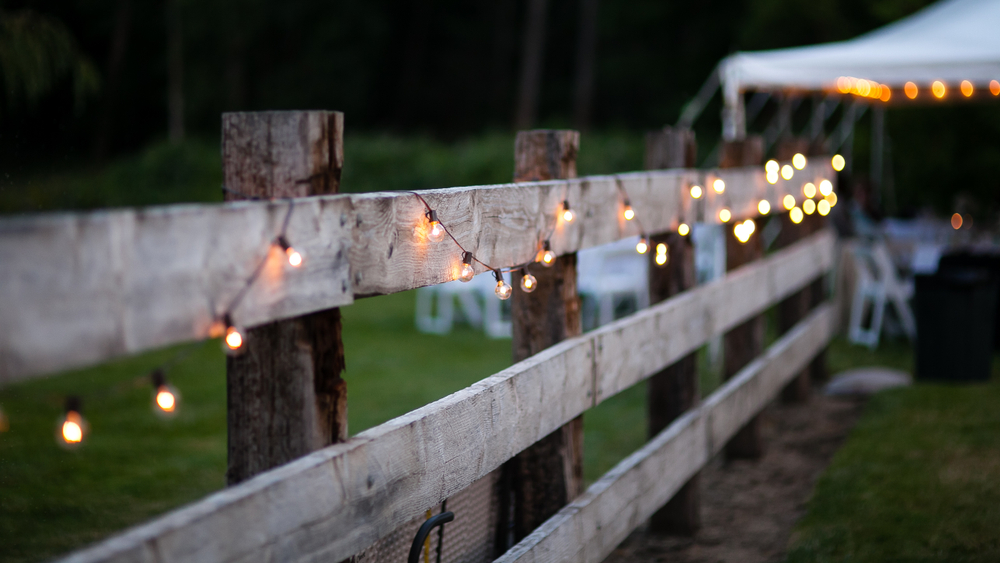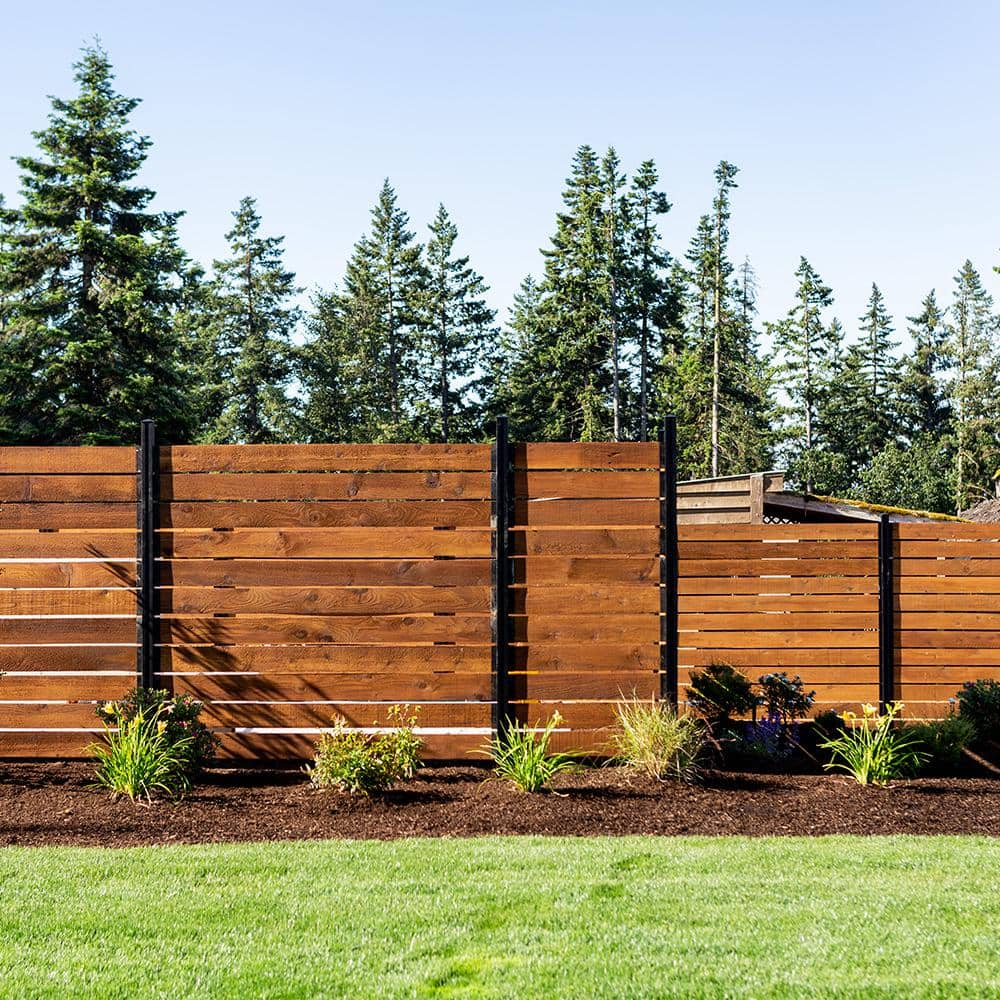So you’ve got a blog about fences, huh? That’s an interesting niche! Your website, “http://fencedude.com,” is dedicated to providing comprehensive and engaging content about fences. You cover all aspects of fences, such as different types, sizes, shapes, materials, and their suitability for various needs. It’s great that you’re looking to expand your blog by adding posts that not only provide reliable information but also resonate with your audience’s interests.
In your blog posts, you aim to educate readers about the characteristics and advantages of various fence types, including wooden fences, chain-link fences, vinyl fences, metal fences, and more. You want to explore the benefits, considerations, durability, maintenance requirements, and aesthetic appeal of each type. Additionally, you’ll provide insights on which fence types are best suited for different purposes, be it privacy, security, backyard enclosure, or decorative elements.
To offer comprehensive guidance, it’s vital to address the importance of choosing the appropriate size and shape of a fence based on specific requirements. Factors like property size, desired level of enclosure, and architectural considerations come into play here.
Your ultimate goal is to equip your readers with valuable knowledge and practical advice to make informed decisions when selecting and installing fences. However, remember that while I can provide you with a list of 200 relevant topics, it’s crucial to conduct thorough research and analysis to identify the specific interests and preferences of your target audience. Understanding their needs and expectations will make your blog a go-to resource for all things related to fences.
At the end of each post, it would be beneficial to include 10 common questions about fences, as well as their answers. By doing so, you can address the most frequently asked queries and provide immediate solutions to your readers. Consider organizing these questions and answers in a neat table format for easy readability.
Remember, don’t add any links and ensure that your blog posts are informative, engaging, and cater to the needs and preferences of your audience. Happy blogging!

1. Introduction to Additional Features for Fences
When it comes to enhancing the look and functionality of your fence, the possibilities are endless. One such way to elevate your fence is by adding lighting. Fence lighting not only serves a practical purpose of providing visibility at night, but it also adds an aesthetic appeal to your outdoor space. In this article, we will explore the various types of lighting options available for your fence and discuss the benefits, factors to consider when choosing fence lighting, installation tips, safety considerations, and answer some frequently asked questions.
1.1 Importance of Enhancing Your Fence
Your fence is more than just a boundary marker – it contributes to the overall curb appeal and ambiance of your property. By incorporating additional features such as lighting, you can transform an ordinary fence into a focal point and create a welcoming atmosphere. Adding lighting to your fence not only enhances the visual appeal but also increases safety and security, extends your outdoor living spaces, and adds value to your property.
1.2 Practicality and Aesthetic Appeal
Not only does fence lighting provide practical benefits, but it also enhances the aesthetic appeal of your outdoor space. With the right choice of lighting fixtures and strategic placement, you can create a warm and inviting ambiance that complements your landscaping and architecture. Whether you’re hosting outdoor gatherings or simply enjoying a peaceful evening on your patio, fence lighting creates an inviting and cozy environment.
2. Types of Lighting for Fences
There are various types of lighting options available for your fence, catering to different preferences and needs. Here are some common types of fence lighting you can consider:
2.1 Solar-Powered Lights
Solar-powered lights are an environmentally friendly option that harnesses energy from the sun to illuminate your fence at night. These lights are easy to install as they do not require any wiring or electrical connections. They are cost-effective in the long run as they do not rely on electricity and automatically charge during the day. Solar-powered lights come in various styles such as post cap lights, stake lights, and string lights, providing versatility in design.
2.2 Low-Voltage Landscape Lighting
Low-voltage landscape lighting provides a more consistent and reliable source of light compared to solar-powered lights. These lights are connected to a transformer, which lowers the voltage of the electricity and makes it safe to use outdoors. They come in various styles, including path lights, spotlights, and deck lights, allowing you to customize the lighting design based on your preferences. Low-voltage lighting offers a wide range of brightness options, giving you control over the intensity of the light.
2.3 LED Strip Lights
LED strip lights are a versatile option for adding a touch of elegance and modernity to your fence. These flexible lights feature a thin strip of LEDs that can be easily attached to the surface of your fence. LED strip lights are available in different colors, allowing you to create stunning lighting effects to suit your desired ambiance. They are energy-efficient and can be controlled remotely, providing convenience and flexibility.
2.4 Motion Sensor Lights
Motion sensor lights are a practical option for enhancing the security of your property. These lights are equipped with sensors that detect motion and automatically turn on when someone approaches. By installing motion sensor lights on your fence, you can deter unwanted guests and increase the visibility of your outdoor space during the night. Motion sensor lights are available in various styles, including wall-mounted and post-mounted options.
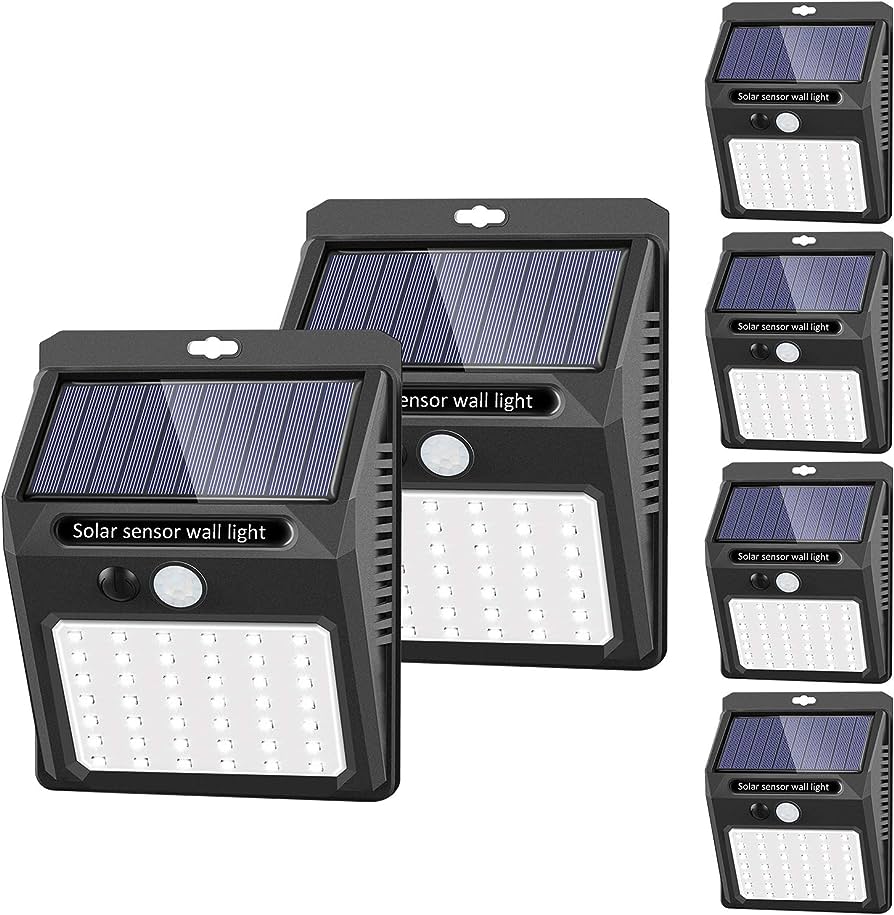
3. Benefits of Lighting Your Fence
Lighting your fence offers numerous benefits beyond just providing illumination. Here are some advantages to consider:
3.1 Increased Safety and Security
One of the primary benefits of fence lighting is the increased safety and security it provides. By illuminating your property’s perimeter, you decrease the likelihood of accidents and make it easier for you and your guests to navigate through the outdoor space. Additionally, a well-lit fence deters burglars and intruders, making your property less vulnerable to break-ins.
3.2 Enhancing Curb Appeal
A beautifully illuminated fence can significantly enhance the curb appeal of your property. By strategically placing lights to highlight architectural features or landscaping, you can create a captivating visual display that grabs attention. Fence lighting adds an inviting glow to your property, making it stand out and leaving a lasting impression on visitors.
3.3 Extending Outdoor Living Spaces
When you have a well-lit fence, it allows you to extend your outdoor living spaces. Whether it’s a late-night gathering with friends or a cozy evening spent alone, having a well-illuminated fence creates a welcoming atmosphere that encourages you to spend more time in your outdoor areas. It opens up opportunities to enjoy your backyard even after the sun has set.
4. Factors to Consider When Choosing Fence Lighting
When selecting fence lighting, there are several important factors to consider before making your decision. These include:
4.1 Energy Efficiency
It’s essential to choose lighting options that are energy-efficient to minimize your carbon footprint and save on your electricity bills. Solar-powered lights are an eco-friendly choice as they rely on renewable energy. LED lights are another energy-efficient option as they consume less electricity compared to traditional incandescent bulbs.
4.2 Durability and Weather Resistance
Since your fence lighting will be exposed to outdoor elements, it’s crucial to choose fixtures that are durable and weather-resistant. Look for lighting options that are made from materials such as aluminum or stainless steel, which can withstand different weather conditions without deteriorating or rusting.
4.3 Design and Style
Consider the overall design and style of your fence and outdoor space when selecting lighting fixtures. Choose options that complement the existing aesthetic and enhance the desired ambiance. Whether you prefer a modern, traditional, or rustic look, there are lighting options available to suit your style.
4.4 Installation and Maintenance
Consider the ease of installation and maintenance when choosing fence lighting. Solar-powered lights and LED strip lights are generally easier to install as they don’t require complex wiring. Ensure that the chosen lighting fixtures are easy to access for maintenance purposes, such as changing bulbs or performing routine cleaning.
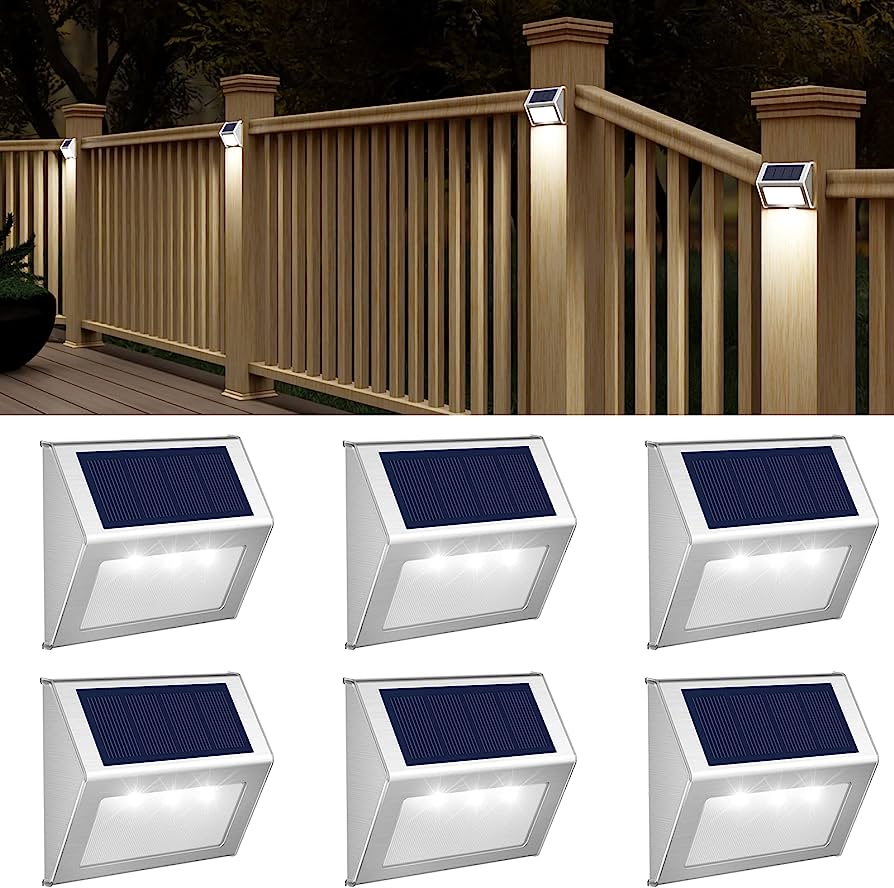
5. Ideas for Creative Fence Lighting
Once you’ve selected the type of fence lighting and considered the practical factors, it’s time to get creative with your design. Here are a few ideas to inspire you:
5.1 Uplighting and Downlighting
Uplighting and downlighting are techniques that involve placing lights either above or below the fence to create beautiful and dramatic effects. By directing light upwards or downwards, you can highlight the texture of the fence or create a mesmerizing play of shadows.
5.2 Highlighting Features or Landscaping
Use fence lighting to showcase specific features or landscaping elements in your yard. Consider highlighting trees, flowerbeds, or architectural details by placing lights strategically around them. This will draw attention to these elements and create a visually appealing focal point.
5.3 Colorful Lighting Effects
If you’re looking to add a fun and vibrant touch to your outdoor space, consider using colorful lighting effects. LED strip lights or smart bulbs can provide a wide array of colors, allowing you to create a lively and festive atmosphere for special occasions or simply to add a touch of personality to your yard.
5.4 Pathway Lighting
Installing lighting along the fence line can serve as a guide for pathways or walkways in your yard. This helps improve safety by providing clear visibility and preventing potential accidents during the nighttime. Pathway lighting can be achieved through solar-powered stake lights or low-voltage path lights installed at regular intervals.
6. Installation Tips for Fence Lighting
Proper installation of fence lighting plays a crucial role in achieving the desired lighting effects and ensuring longevity. Here are some installation tips to consider:
6.1 Planning and Designing Your Lighting Layout
Before beginning the installation process, plan and design your lighting layout. Take into account the length of your fence, the desired lighting effects, and the location of power sources if needed. This will help you determine the number of lights required and their appropriate placement.
6.2 Electrical Considerations and Wiring
For low-voltage and LED lighting options, ensure that you have access to an outdoor power source or a transformer. Plan the wiring layout carefully and make sure to bury the cables at an appropriate depth to ensure safety and avoid any potential tripping hazards.
6.3 Fixture Placement and Mounting
Consider the placement and mounting options for your lighting fixtures. Ensure they are secured properly to the fence and angled correctly to achieve the desired lighting effects. Follow the manufacturer’s instructions for proper installation to ensure safety and longevity.
6.4 Troubleshooting and Maintenance
To maintain the functionality of your fence lighting, establish a regular maintenance routine. Routine tasks may include cleaning fixtures, replacing bulbs, or checking wiring connections. Additionally, familiarize yourself with troubleshooting techniques to address common issues such as dimming lights or faulty sensors.
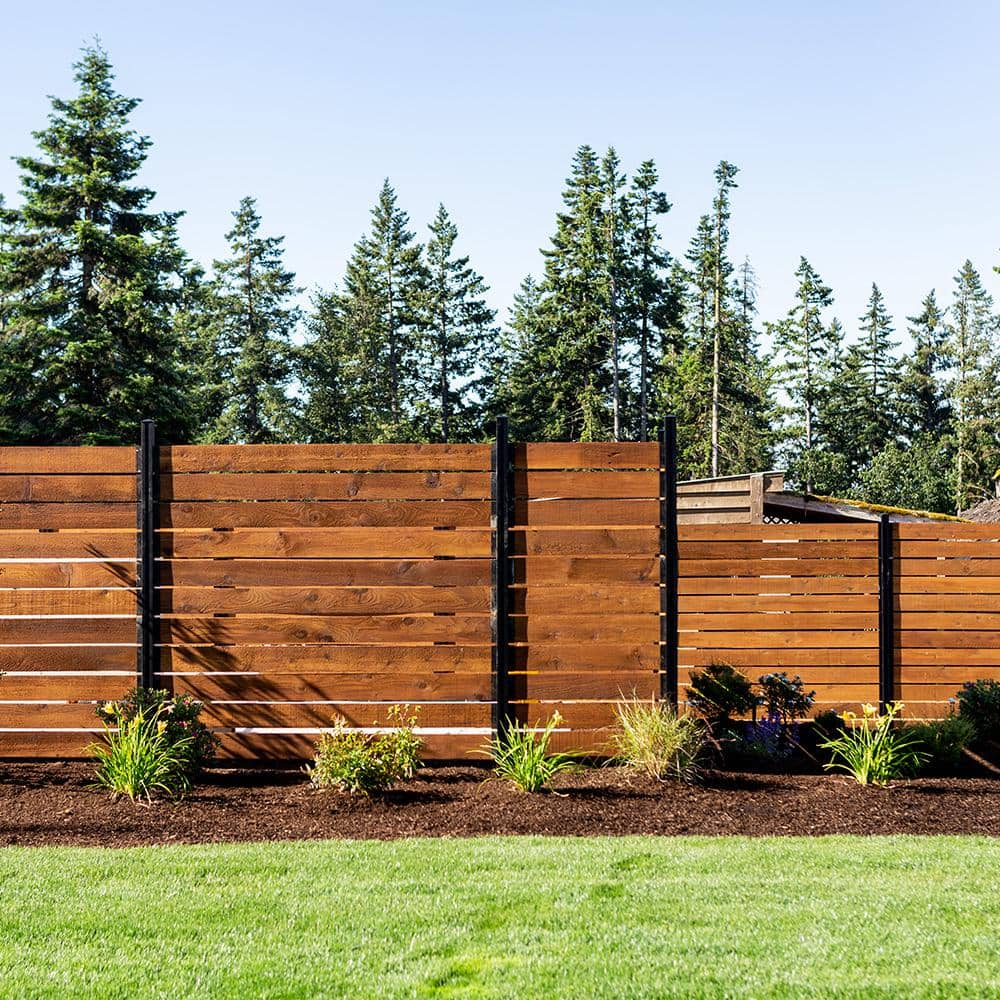
7. Safety Considerations for Fence Lighting
While incorporating fence lighting provides numerous benefits, it’s important to prioritize safety throughout the installation process. Here are some safety considerations to keep in mind:
7.1 Avoiding Glare and Light Pollution
Ensure that the placement and positioning of your lights are done in a way that minimizes glare and light pollution. Aim the lights downward to prevent unnecessary brightness and potential discomfort to your neighbors or passersby.
7.2 Protecting Your Lighting Fixtures
Protect your lighting fixtures from exposure to excessive moisture or harsh weather conditions. Choose fixtures with appropriate IP (Ingress Protection) ratings that indicate their resistance to water and dust. Regularly inspect and clean the fixtures to prevent any damage or corrosion.
7.3 Safety Precautions during Installation
When working with any electrical components, it’s important to follow safety precautions. Be aware of potential electrical hazards, use insulated tools, and ensure proper grounding of electrical connections. If you are unsure or uncomfortable with any aspect of the installation process, consult a professional electrician.
8. Frequently Asked Questions about Fence Lighting
To address common queries and concerns about fence lighting, here are some frequently asked questions:
8.1 How Long Do Solar-Powered Fence Lights Last?
The lifespan of solar-powered fence lights can vary depending on the quality of the product and its usage. On average, solar-powered lights can last anywhere between 2-5 years. Regular cleaning, maintenance, and replacing the rechargeable batteries when necessary can help extend their lifespan.
8.2 Can I Use Low-Voltage Lighting for Any Type of Fence?
Yes, low-voltage lighting can be installed on various types of fences, including wood, vinyl, and metal. The low voltage of the lighting system ensures safety and compatibility with different fence materials.
8.3 What is the Best Height for Fence Lighting?
The ideal height for fence lighting depends on the lighting effect you want to achieve and the size of your fence. For uplighting, lights should be placed at or below waist height to create a dramatic effect. However, for downlighting or pathway lighting, lights should be installed at a height that provides adequate illumination without causing glare.
8.4 How Can I Hide the Wiring for Fence Lighting?
To hide the wiring for fence lighting, you can bury it underground or utilize conduits to conceal the wires. Planning the layout and placement of lights can minimize the visibility of the wiring. Additionally, consider using fixtures with integrated wiring systems or wireless lighting options to eliminate the need for visible wires.
8.5 Can I Add Lighting to an Existing Fence?
Yes, you can add lighting to an existing fence. Solar-powered lights or battery-operated fixtures are easier to install on an existing fence as they do not require complex wiring or electrical connections. However, low-voltage or wired lighting options may require some additional planning and installation work.
8.6 How Much Does Fence Lighting Installation Cost?
The cost of fence lighting installation can vary depending on factors such as the type of lighting, the length of the fence, and the complexity of the installation. Solar-powered lights are generally the most cost-effective option as they do not require additional wiring or electrical work. For low-voltage or wired options, it is advisable to consult with professionals to get an accurate estimate.
8.7 Are Motion Sensor Lights Suitable for Any Fence Type?
Motion sensor lights can be used with various fence types, including wood, vinyl, and metal. However, it’s important to ensure that the chosen motion sensor lights are compatible with the specific type of fence material and its structure. Consider the mounting options and the sensitivity range of the motion sensor when selecting fixtures.
8.8 Can I Install Fence Lighting Myself?
DIY installation of fence lighting is possible, especially with solar-powered lights or battery-operated fixtures. However, for low-voltage or wired options, it is recommended to seek the assistance of a licensed electrician to ensure proper installation and compliance with electrical safety regulations.
8.9 Are LED Strip Lights Waterproof?
Not all LED strip lights are waterproof, but there are options available that are specifically designed for outdoor use. Look for LED strip lights with an appropriate IP rating, such as IP67, which ensures resistance to water and dust. It’s crucial to check the product specifications to confirm if the LED strip lights are suitable for outdoor installation.
8.10 Do I Need a Permit to Install Fence Lighting?
The need for a permit to install fence lighting may vary depending on local building codes and regulations. It’s advisable to consult with your local authorities or homeowners’ association to determine if a permit is required for your specific location. Compliance with electrical codes and safety standards is essential, whether or not a permit is necessary.
In conclusion, exploring additional features for your fence, such as lighting, can significantly enhance its practicality and aesthetic appeal. With various types of lighting options available, you can choose the one that best suits your preferences and needs. By considering factors such as energy efficiency, durability, and design, you can make an informed decision when selecting fence lighting. Installation and maintenance should be done with proper planning and safety precautions in mind. With the right choice and installation of fence lighting, you can create a visually captivating and safe outdoor space that extends your living areas and adds value to your property.
